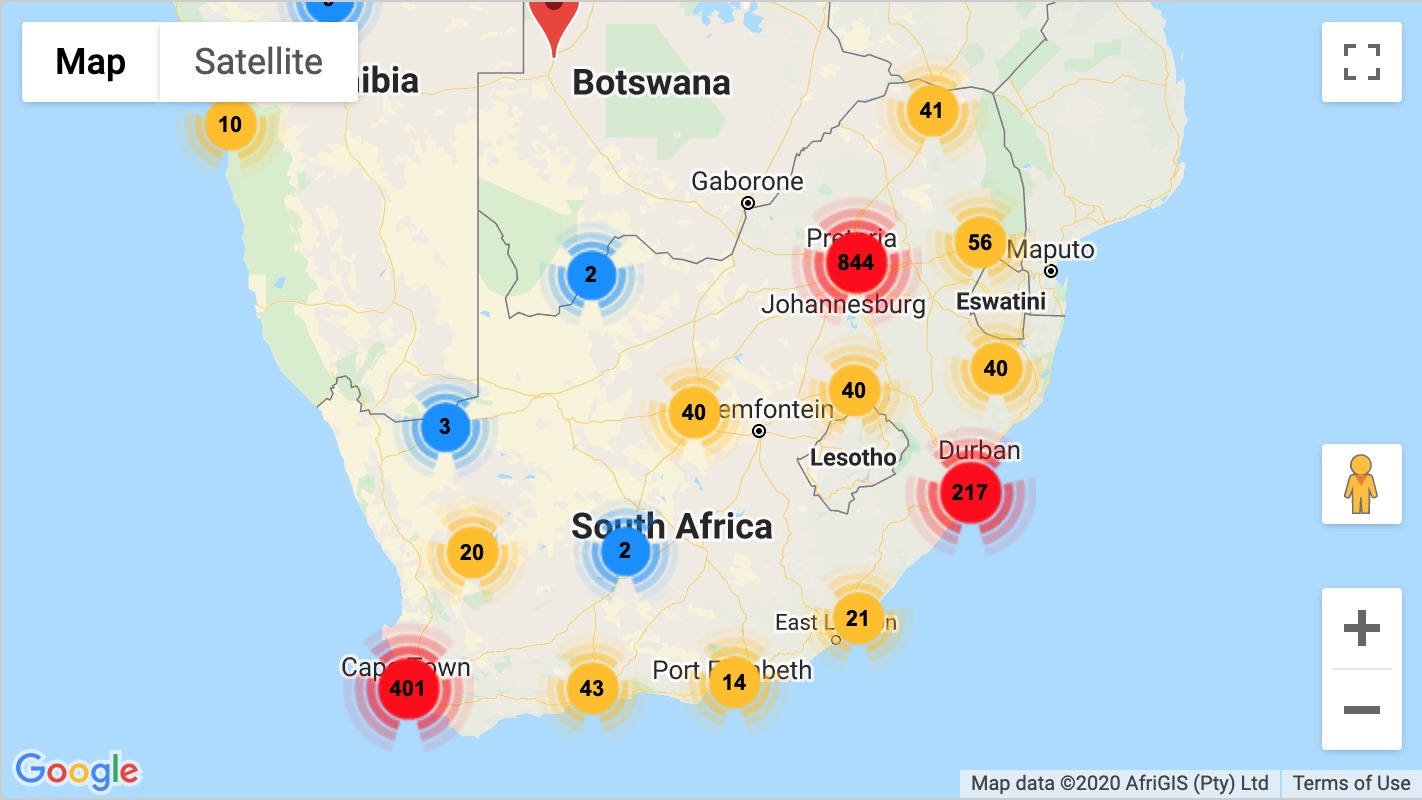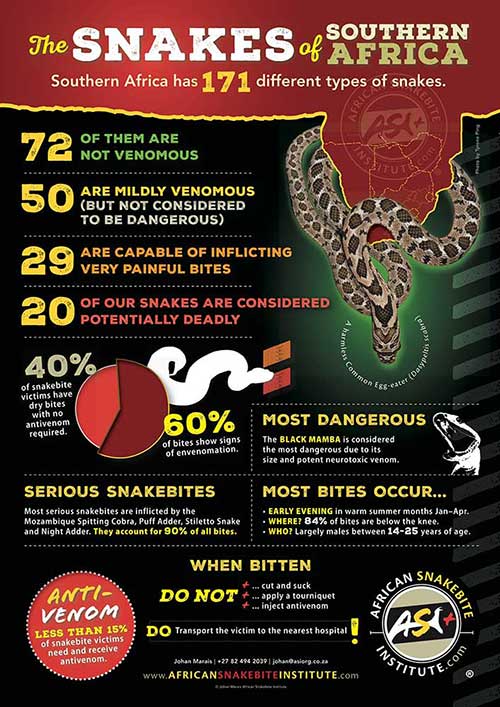PLEASE NOTE. Our offices will be closed from the 12th of December 2025 – until the 5th of January 2026. Last date for orders will be the 8th of December 2025. Any orders placed after the 8th of December 2025, will only be dispatched after the 5th of January 2026.
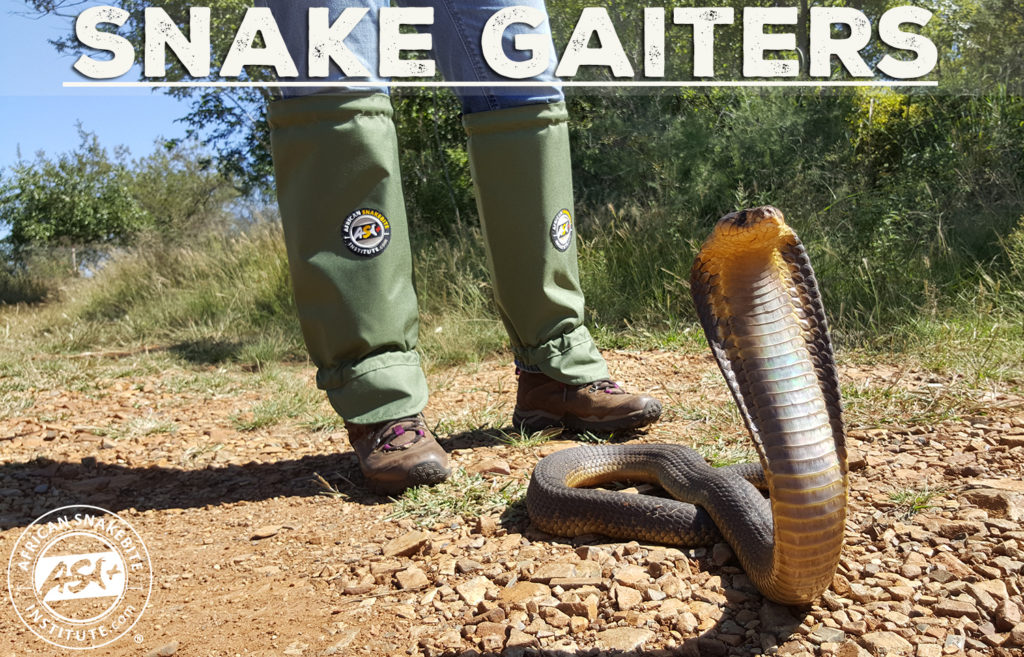
The African Snakebite Institute is the leading supplier of high-quality snake gaiters in Africa!
If you spend time hiking, hunting, or working in areas where venomous snakes are found, snake gaiters are an essential piece of safety gear. Here’s why:
- Protection from Snake Bites
The primary purpose of snake gaiters is to shield your lower legs from snake bites. Since most bites occur below the knee, gaiters are made from tough, puncture-resistant materials specifically designed to stop snake fangs.
- Peace of Mind
In snake territory, every step can feel uncertain. Wearing gaiters allows you to move with confidence and focus on your activity—not on what might be hiding in the grass.
- Defence Against Other Hazards
Snake gaiters also protect against:
- Thorny bushes and brambles
- Vital for African Conditions
In many parts of Africa, where venomous snakes are common, gaiters are considered essential for:
- Hikers and backpackers
- Hunters
- Field researchers and outdoor workers
- Farmers and ranchers
Snake gaiters can mean the difference between a close call and a serious medical emergency.
Think of them as a seatbelt for your legs—not always stylish, but absolutely vital in the right environment.
Order yours online here: https://bit.ly/42AzO2b or email us on info@asiorg.co.za
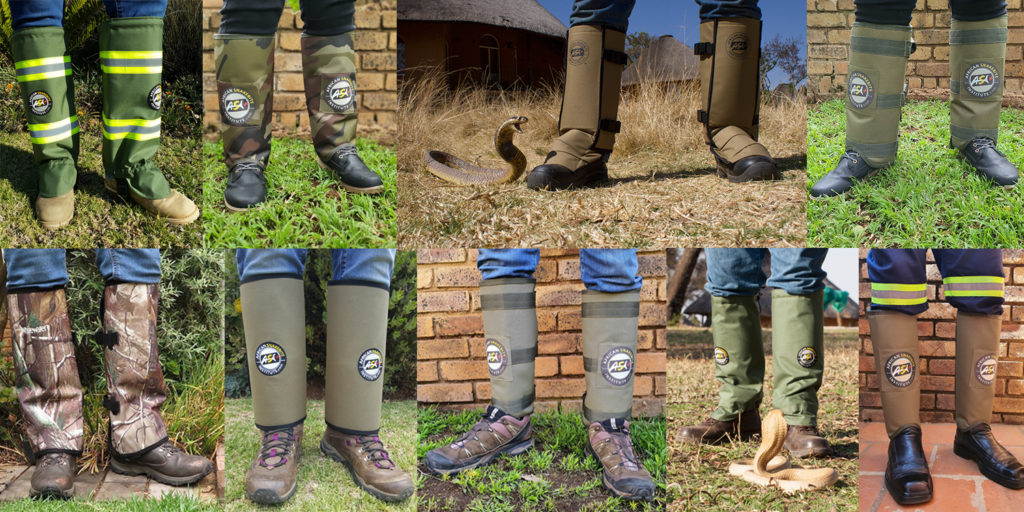
How do you choose a pair?
There are a few important factors to consider when buying snake gaiters:
- Are you buying from a reputable source? There are a number of companies advertising snake gaiters and a large percentage of them are cheap Chinese imports that have never been tested in African conditions.
- Have the gaiters been tried and tested? It is very important to know that what you are buying has been tested against snakebite from African snakes.
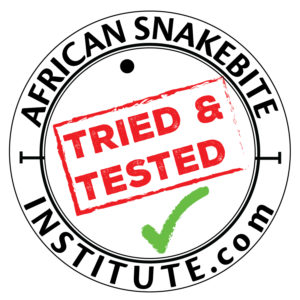 Weight is an important factor, especially for those who are going to be wearing gaiters for extended periods. The lighter the gaiter, the more comfortable they are for long wear. Weight also affects wearing temperatures, and thick and heavy gaiters are a lot hotter than the lighter versions.
Weight is an important factor, especially for those who are going to be wearing gaiters for extended periods. The lighter the gaiter, the more comfortable they are for long wear. Weight also affects wearing temperatures, and thick and heavy gaiters are a lot hotter than the lighter versions.- Fasteners – There are three main methods for fastening gaiters to the legs, the first is Velcro strips – these are positioned on the outside of the legs to avoid rubbing or catching. These are great for quick fitment and removal but are not ideal if you’re working in areas where there is long grass and grass seeds (brush cutting teams) as the Velcro does eventually get filled with debris. The second option is to get non-slip buckle gaiters – these are great and adjust easily. Once the straps are adjusted to the person’s legs and the ends tied off, they fit comfortably. The third option is zip-up gaiters – usually used on lightweight gaiters. They are quick to put on, very comfortable and allow for airflow as they are not a tight fit.
Some gaiters have an eyehole for you to thread a bootlace through, which prevents the gaiter from riding up as you walk, whilst others have an under-foot strap, which keeps the gaiter in place.

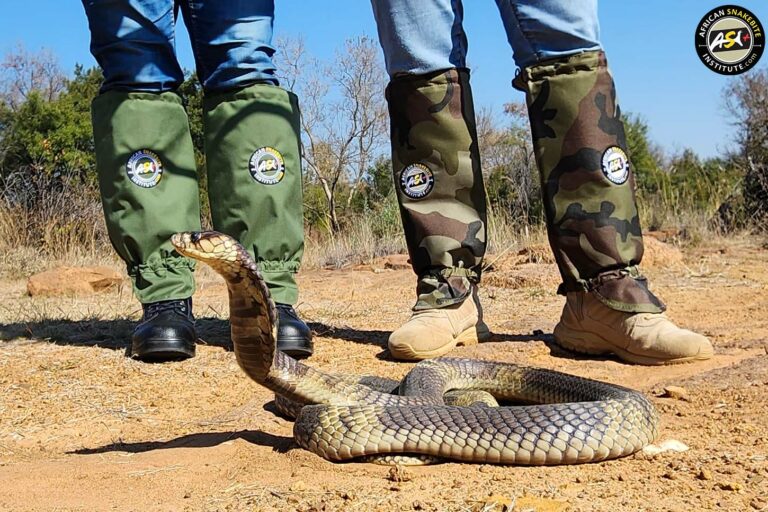
Search
Shopping Cart
CONTACT US:
Product enquiries:
Caylen White
+27 60 957 2713
info@asiorg.co.za
Public Courses and Corporate training:
Michelle Pretorius
+27 64 704 7229
courses@asiorg.co.za
Featured Products
-
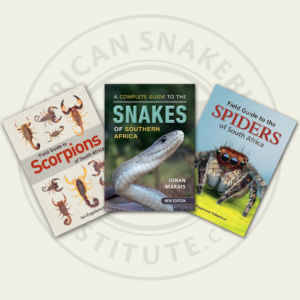 Rangers Book Combo 1
Rangers Book Combo 1
R1,450.00Original price was: R1,450.00.R1,305.00Current price is: R1,305.00. -
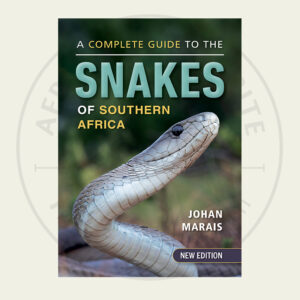 A Complete Guide to the Snakes of Southern Africa - 2022 Edition
R550.00
A Complete Guide to the Snakes of Southern Africa - 2022 Edition
R550.00
-
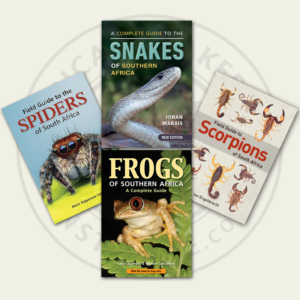 Rangers Book Combo 2
Rangers Book Combo 2
R2,080.00Original price was: R2,080.00.R1,870.00Current price is: R1,870.00.
